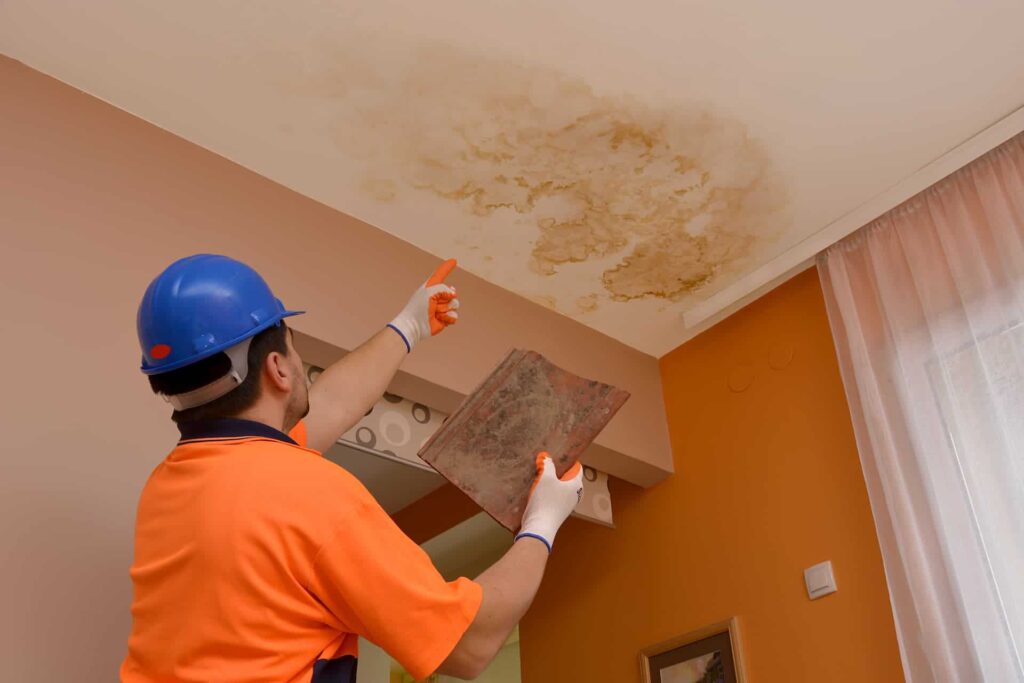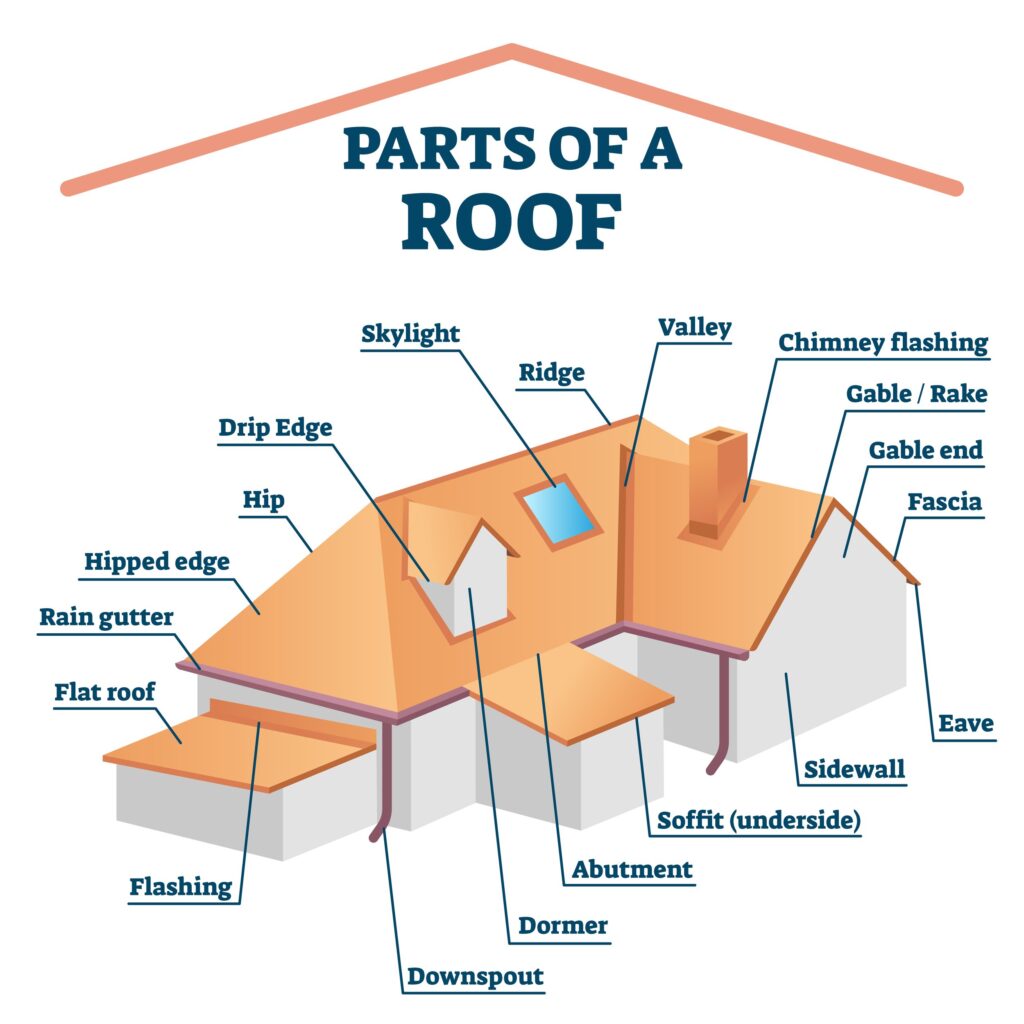Imagine waking up to the sound of dripping water in your home. You realize that you have a leaking roof and the question that comes to mind is, “How do you fix a leaking roof?” Don’t worry, we’ve got you covered. In this article, we will explore some effective tips and techniques to help you address this issue and restore peace to your home. From identifying the source of the leak to making necessary repairs, you’ll soon have the knowledge to tackle this problem with confidence. So, let’s jump right in and get your roof back in shape!
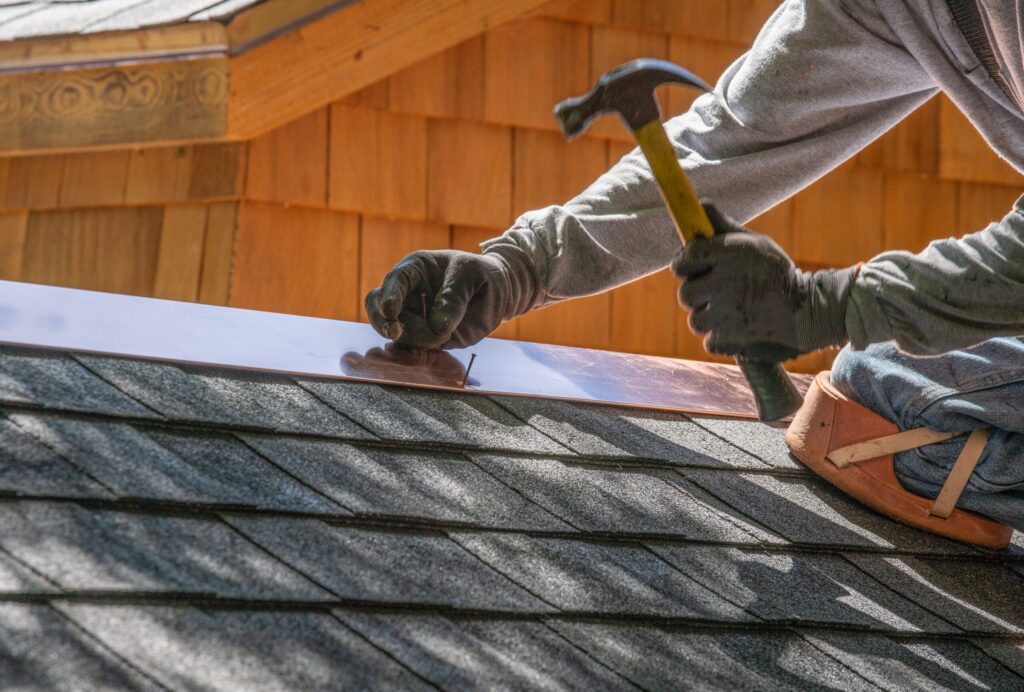

H2: Understanding the Importance of Fixing a Leaking Roof
H3: The Dangers of Ignoring a Leaking Roof
A leaking roof may seem like a minor inconvenience, but it can quickly escalate into a major problem if left unattended. Not only can it cause damage to your home’s interior, but it can also lead to structural issues and even pose a safety risk to you and your loved ones. When water seeps through the roof, it can compromise the integrity of the building materials, leading to rot, mold, and mildew. This can weaken the structure, making it susceptible to collapses and compromising the safety of your home. It is crucial to address a leaking roof promptly to prevent further damage and ensure the well-being of everyone under your roof.
H3: Signs of a Leaking Roof
Detecting a leaking roof is the first step towards fixing the issue. Look out for these common signs that indicate a leaky roof:
-
Water Stains: Check your ceiling and walls for any visible water stains. These are often an obvious sign that water is infiltrating your home.
-
Dripping Water: Hearing water dripping or noticing a wet spot on the floor are clear indicators of a leaky roof. If you can’t identify the source, it may be coming from above.
-
Mold or Mildew: Excessive moisture conditions caused by a leaky roof can encourage the growth of mold and mildew. Look for these signs in your attic, bathroom, or any other area prone to leaks.
-
Damaged Shingles: Inspect your roof for damaged or missing shingles. This can create vulnerabilities where water can seep through.
H3: Assessing the Source of the Leak
Before you can fix a leaking roof, you need to identify the source of the problem. Although the signs mentioned above may provide some clues, it’s essential to conduct a thorough assessment to pinpoint the exact location of the leak. Here’s how you can do it:
-
Check the Attic: Begin by inspecting your attic during daylight hours. Look for any signs of water stains, drips, or dampness on the ceiling, walls, and beams. Track the trail of water to determine its entry point.
-
Examine the Roof: Start from the outside and visually inspect your roof for any obvious signs of damage, such as missing or damaged shingles, cracked caulking, or damaged flashing around chimneys, vents, or skylights. Use binoculars if necessary to get a closer look at hard-to-reach areas.
-
Conduct a Water Test: If you are unable to identify the source visually, ask a friend or family member to assist you in conducting a water test. One person should stay in the attic while the other uses a hose to spray water on various sections of the roof. Observe the attic for any signs of water intrusion to determine the exact area that needs repair.
H3: DIY Fixes for Minor Leaks
If the leak is minor and can be managed without professional help, you may consider trying these do-it-yourself fixes:
-
Patching a Hole: If the roof has a small hole or puncture, you can use roofing cement or a patch kit specifically designed for roof repairs to seal it. Clean the area, apply the patching material firmly, and ensure it adheres well.
-
Replacing Damaged Shingles: If the leak is due to damaged shingles, carefully remove the old shingle and replace it with a new one. Be cautious not to cause further damage or compromises to the surrounding shingles.
-
Fixing Flashing: If the flashing around chimneys, vents, or skylights is the culprit, it may need resealing or replacing. Carefully remove the old flashing, clean the area, and install new flashing with appropriate sealant to ensure a watertight seal.
H3: When to Seek Professional Help
While DIY fixes can work for minor leaks, some situations require professional expertise. It’s essential to recognize when it’s time to call in the experts. Consider the following scenarios:
-
Extensive damage: If the leaking roof has caused significant damage to your home’s interior or structure, it’s best to consult professionals who can assess the extent of the damage and provide suitable solutions.
-
Safety risks: Working on a roof can be dangerous, especially if you’re not experienced or comfortable with heights. If you are unsure about your safety or lack the proper equipment, it’s advisable to hire professionals to handle the repair.
-
Lack of expertise: Roof repairs can be complex, and proper knowledge and skills are necessary for long-lasting results. If you are unsure about the most effective repair methods or lack the experience, consulting a professional will ensure the job is done correctly.
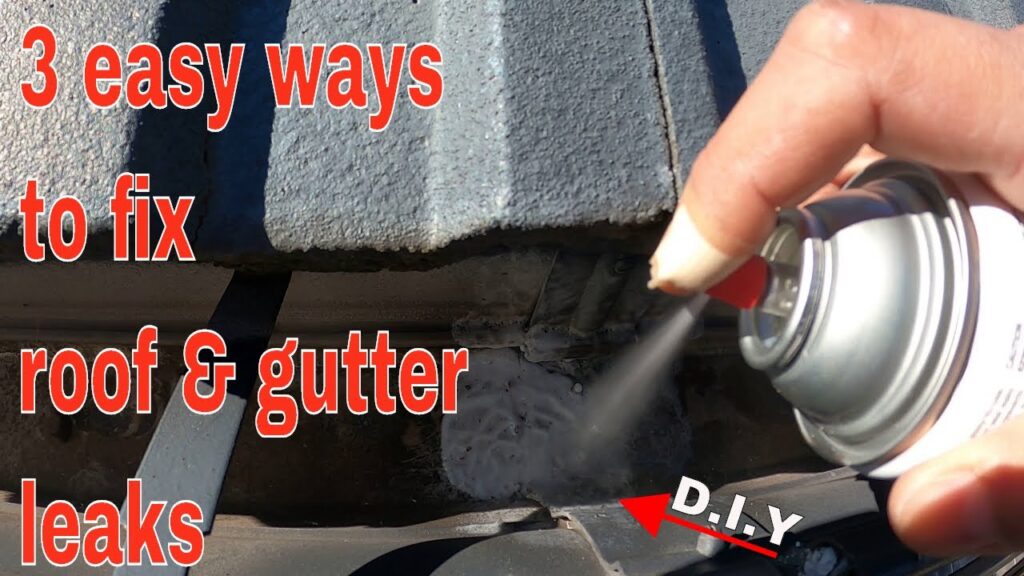

H2: Preventing Future Roof Leaks
H3: Regular Roof Inspections
Prevention is always better than cure when it comes to roof leaks. By implementing routine roof inspections, you can catch potential issues before they become major problems. Schedule an inspection at least once a year or after severe weather events to identify any signs of damage or vulnerabilities.
H3: Clearing Debris and Maintaining Gutters
Leaves, branches, and other debris can accumulate on your roof and in your gutters, causing water to pool and potentially lead to leaks. Regularly clearing this debris and ensuring your gutters are clean and functioning correctly can help prevent roof leaks.
H3: Trim Overhanging Branches
Trees near your home can pose a threat to your roof, especially during storms or high winds. Trim any overhanging branches to minimize the risk of branches falling onto your roof, damaging it, and causing leaks.
H3: Regularly Check and Maintain Caulking and Flashing
Caulking and flashing are essential components of a watertight roof. Inspect these regularly and repair or replace any damaged or deteriorating sections. Prompt attention to caulking and flashing maintenance can prevent leaks and extend the lifespan of your roof.
H3: Professional Roof Maintenance
Engaging professional roof maintenance services can significantly contribute to the prevention of roof leaks. These experts can conduct more comprehensive inspections, identify and address potential issues, and perform maintenance tasks that may require specialized equipment or knowledge.
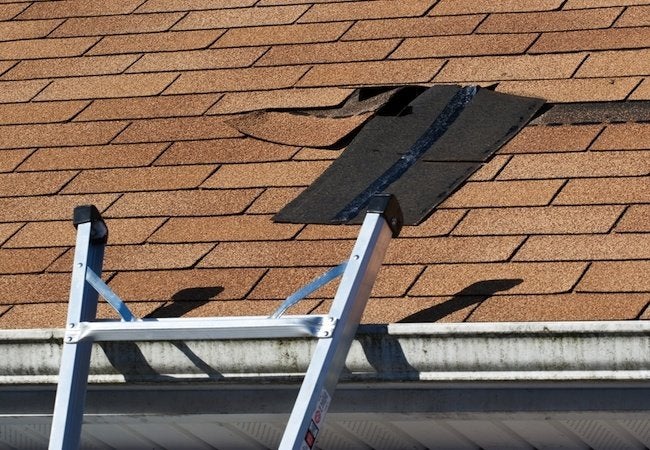

H2: The Importance of Acting Swiftly
H3: Protecting Your Home and Belongings
Ignoring a leaking roof can have severe consequences for your home and belongings. Water damage can ruin ceilings, walls, and flooring, leading to costly repairs or even the need for replacement. Additionally, moisture can promote the growth of mold, which can be harmful to the health of you and your family.
H3: Saving Money in the Long Run
By promptly fixing a leaking roof, you can potentially save significant amounts of money in the long run. Catching and addressing a leak early on can prevent extensive damage that may require expensive repairs or even a full roof replacement. Investing in preventive maintenance and timely repairs is a cost-effective approach to protecting your home and your wallet.
H3: Ensuring Safety and Peace of Mind
A watertight roof provides safety and peace of mind to you and your family. By promptly fixing any leaks, you can eliminate the risk of structural damage that may compromise the safety of your home. Additionally, you’ll have the assurance that your loved ones are protected from the potential health hazards associated with water intrusion and mold growth.
In conclusion, a leaking roof should never be ignored. It is crucial to understand the importance of promptly addressing any signs of water intrusion and taking appropriate measures to fix the issue. Whether it’s a minor DIY repair or a task best left to the professionals, ensuring your roof is watertight is essential for your home’s safety, longevity, and your peace of mind. Remember to also implement preventive measures to minimize the risk of future leaks, such as regular inspections and maintenance. By prioritizing the maintenance and repair of your roof, you can protect your home and loved ones from the potential damages and dangers associated with a leaking roof.



